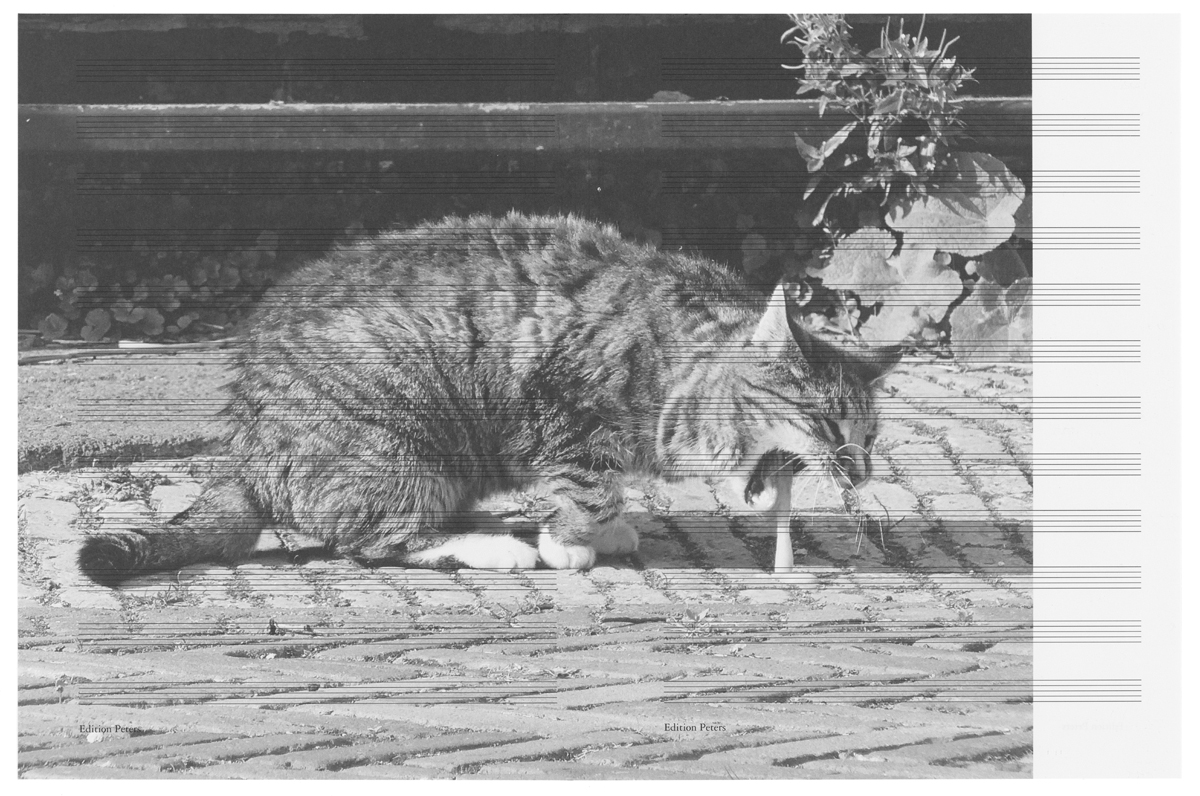
ArtReview sent a questionnaire to artists and curators exhibiting in and curating the various national pavilions of the 2022 Venice Biennale, the responses to which will be published daily in the leadup to and during the Venice Biennale, which runs from 23 April to 27 November.
Marco Fusinato is representing Australia; the pavilion is in the Giardini.
ArtReview What can you tell us about your exhibition plans for Venice?
Marco Fusinato DESASTRES is an experimental noise project that synchronises sound with image. The work takes the form of a durational solo performance as installation. I’ll be performing during the opening hours of the Biennale – a total of 200 days. I use an electric guitar as a signal generator into mass amplification to improvise slabs of noise, saturated feedback and discordant intensities that trigger a deluge of images. The images are sourced via a stream of words that have been put into an open search across multiple online platforms. The mass indexing is a mess – a morass of disparate and disconnected randomly generated images. There is no theme as such, rather the immersion of sound and image is open for the audience to interpret and make sense of.
AR Why is the Venice Biennale still important?
MF Because of Disneyland.
AR Do you think there is such a thing as national art? Or is all art universal? What is misunderstood or forgotten about your country’s art history or artistic traditions?
MF Avoid nationalistic militarism and men in groups especially in uniforms. Nothing is universal not even air. If nobody moves, nobody gets hurt. Having said that, they said, we will overthrow the pride of your cars, we will destroy the happiness of your Sundays because you have been condemned. Everything is misunderstood. Work and other forced relationships.

AR How does having a pavilion in Venice make a difference to the art scene in your country?
MF I spend most days on my own in a windowless studio trying to make sense of worlds around me. I’ve never had to consider foreign diplomacy and minister of tourism roles before. Difference? I’m employed.
AR If you’ve been to the biennale before, what’s your earliest or best memory from Venice?
MF I presented a project called From the Horde to The Bee, as part of the Venice biennale in 2015 (All the Worlds Futures curated by Okwui Enwezor). The project was part Robin Hoodism, part money laundering. The intent was to redistribute money from the biennale and give it to an archive of militant and critical publishing housed in an anarchist squat in Milan to help their cause. The project involved publishing an edition of 10,000 books featuring material from their archive, a range of anarchist, Marxist, autonomist printed matter, the books were then installed in the exhibition around the perimeter of a massive table and the public could take a book by throwing 10 euros into the centre of the table. Over the course of the exhibition as the books diminished, the cash grew. No security, no guards, the cash was in the open as a sculpture. In the final minute of the exhibition I jumped up on the table and piled all the cash into garbage bags for the hand over. My best memory of a Venice Biennale was walking around Venice with the ‘squatsters’ carrying huge garbage bags full of cash, going from bar to bar in disbelief and celebration. What a moment.
AR What else are you looking forward to seeing?
MF Borer. My parents come from adjoining villages that are split by a river that eventually makes its way down to the lagoons of Venice. Both villages are just under 100 kilometres north of Venice at the foothills of the Dolomite ranges. My family has been there for centuries and we still own a house there. No one lives in the house and it can sit dormant for extended periods. One of the things I look forward to seeing on arrival is the height of the borer, underneath the tables, chairs and other furniture. Monumental. Epic.